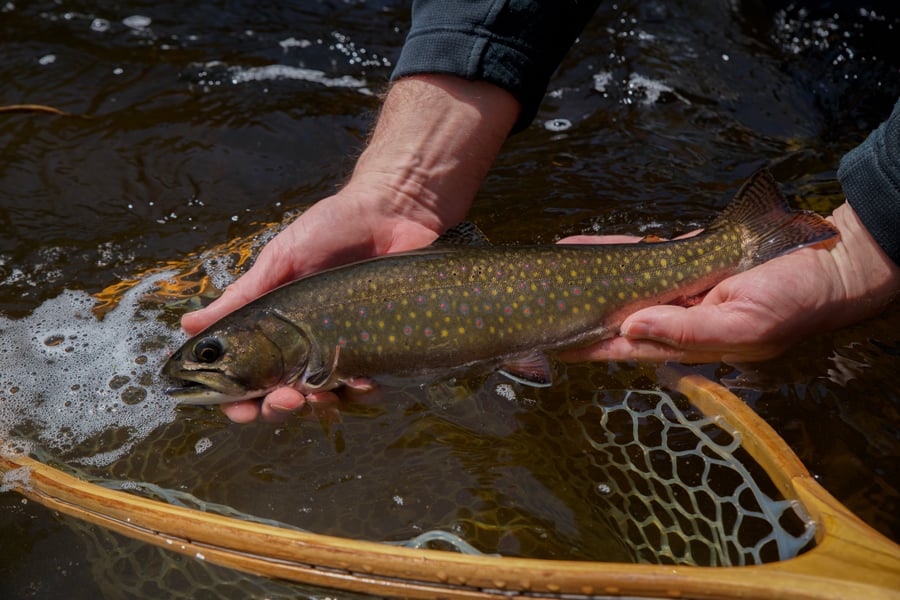

Traces of the poisonous chemical have been found in brook trout decades after DDT was banned. Photo: Charles Hildick-Smith
The persistence of chemicals in the environment is a widespread concern among biologists, and a recent Canadian study demonstrates why consistent monitoring is so important:
Residues of the insecticide DDT have been found to persist at “alarming rates” in trout even after 70 years, potentially posing a significant danger to humans and wildlife that eat the fish, research has found.
Dichlorodiphenyltrichloroethane, known as DDT, was used on forested land in New Brunswick, Canada, from 1952 to 1968. The researchers found traces of it remained in brook trout in some lakes, often at levels 10 times higher than the recommended safety threshold for wildlife.
“DDT is a probable carcinogen that we haven’t used in 70 years here [Canada], yet it’s abundant in fish and lake mud throughout much of the province at shockingly high levels,” said Josh Kurek, an associate professor in environmental change and aquatic biomonitoring at Mount Allison University in Canada and lead author of the research.
Trending Products











